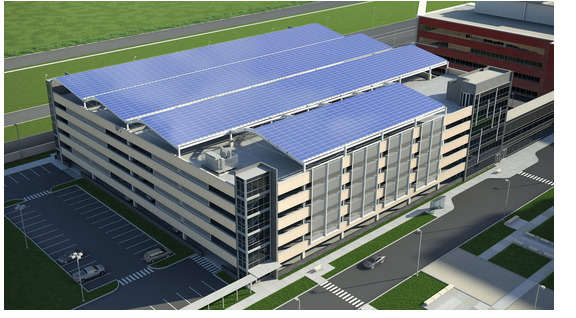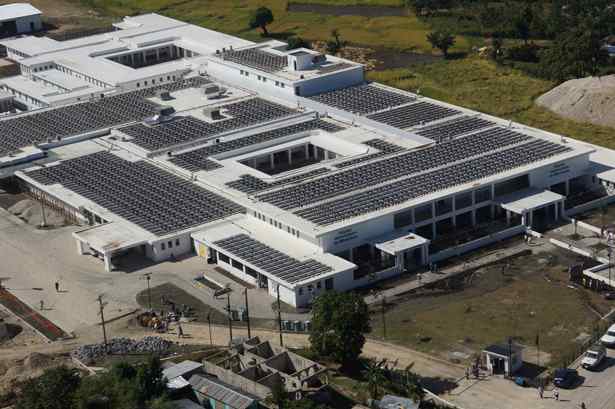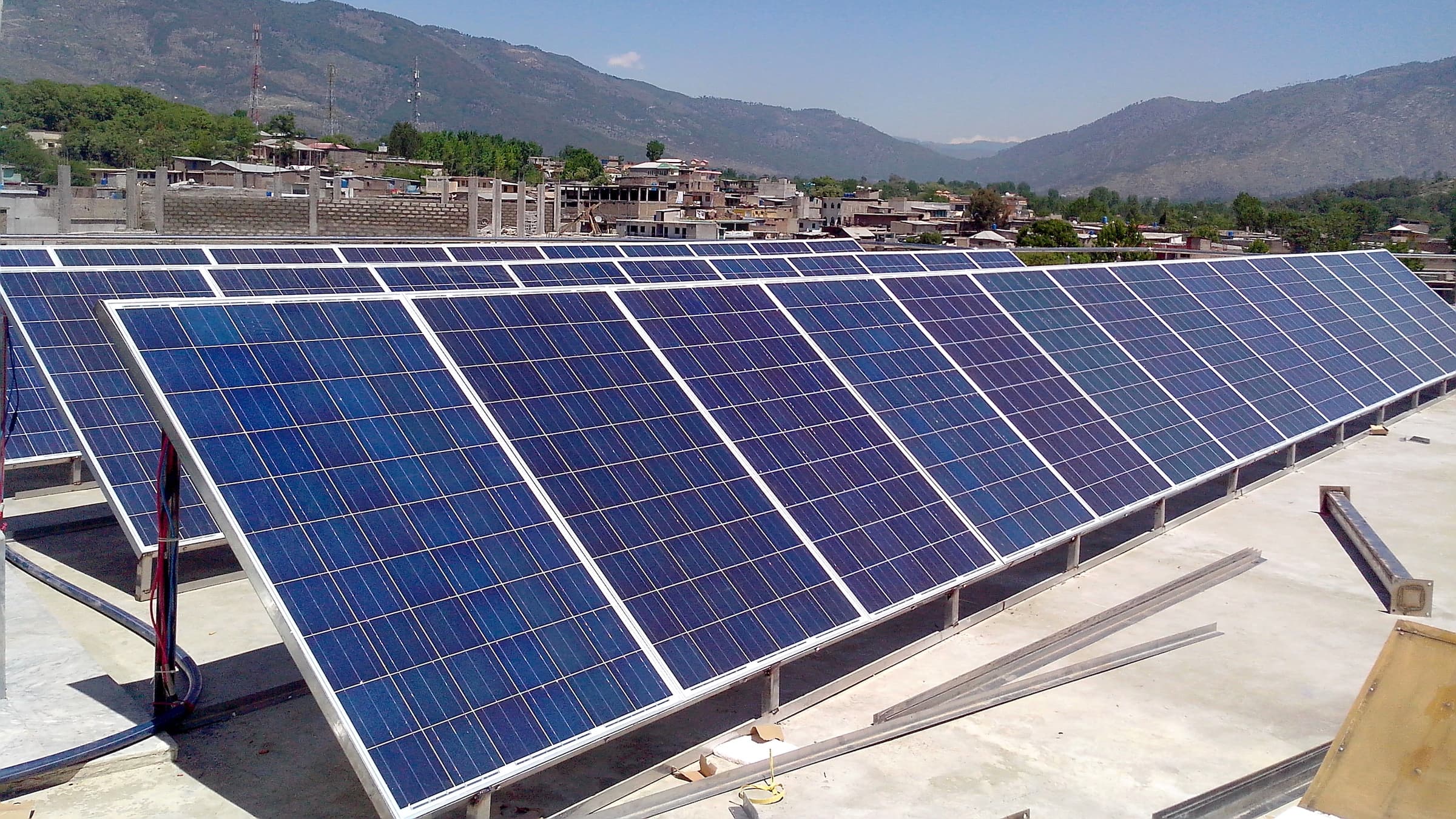
Introduction
The use of solar power in the healthcare industry has gained significant attention in recent years. As the world faces growing concerns about climate change and environmental sustainability, healthcare facilities are seeking innovative ways to reduce their carbon footprint and prioritize renewable energy sources. Solar power offers a promising solution in this regard, providing a clean and abundant energy source that can be harnessed to meet the electricity needs of medical facilities. In this article, we will explore the historical background, key concepts, benefits, challenges, and future outlook of solar power in the healthcare industry.
Historical Background
The history of solar power in the healthcare industry can be traced back to the early adoption of renewable energy sources. While the exact timeline may vary, the use of solar energy in healthcare facilities has been steadily increasing over the past few decades. Significant milestones, such as the development of efficient photovoltaic systems and advancements in solar panel technology, have paved the way for the integration of solar power in healthcare infrastructure.
Key Concepts and Definitions
Before delving deeper into the topic, it is essential to understand the key concepts and definitions associated with solar power in the healthcare industry. Solar power refers to the conversion of sunlight into electricity using photovoltaic systems, which consist of solar panels made up of silicon cells. Renewable energy, in the context of healthcare, refers to the use of sustainable energy sources like solar power to meet the electricity needs of medical facilities. Sustainability in the healthcare industry involves adopting practices that minimize negative environmental impacts and promote long-term ecological balance.

Main Discussion Points
Point 1: Benefits of Solar Power in the Healthcare Industry
One of the primary benefits of solar power in the healthcare industry is a significant reduction in energy costs and carbon footprint. By relying on solar energy, healthcare facilities can decrease their dependence on fossil fuels, leading to substantial savings on electricity bills and a considerable decrease in greenhouse gas emissions. Additionally, solar power promotes energy independence and reliability, as the sun is an abundant and constant source of energy.
Furthermore, integrating solar power into healthcare facilities enhances sustainability and environmental stewardship. By prioritizing renewable energy sources, medical institutions can inspire their communities and set an example for other industries. Solar power aligns with the healthcare sector’s mission to promote well-being and protect public health, as it reduces pollution and contributes to a cleaner environment.
Point 2: Integration of Solar Power in Healthcare Facilities
The integration of solar power in healthcare facilities involves various aspects, including the installation and operation of solar panels. These panels are typically installed on rooftops or open spaces within the facility’s premises to maximize sunlight exposure. Energy storage and management systems are crucial for storing excess solar energy generated during periods of low demand and ensuring a continuous power supply.
Moreover, integrating solar power requires coordination with existing power infrastructure. This entails optimizing the interaction between solar panels and the electrical grid to ensure seamless operation and the efficient utilization of solar energy. This integration may involve the installation of inverters and other equipment that facilitate the conversion of solar power into usable electricity.
Point 3: Applications of Solar Power in Healthcare
Solar power finds various applications in healthcare facilities, ranging from powering medical equipment and devices to meeting heating, cooling, lighting, and electricity needs. Medical equipment, such as imaging machines, diagnostic devices, and life-support systems, can be powered by solar energy, ensuring a reliable source of electricity even during power outages. Solar power can also be utilized to meet the heating and cooling requirements of healthcare buildings, reducing the reliance on traditional energy sources and minimizing operational costs. Additionally, solar-powered lighting systems and electricity supply can contribute to creating a sustainable healthcare environment. Furthermore, solar energy can be harnessed for water heating and purification, supporting the provision of clean and safe water in medical settings.

Case Studies or Examples
Real-world examples of healthcare facilities utilizing solar power showcase the successful implementation and benefits of this renewable energy source. For instance, the Kaiser Permanente San Diego Medical Center in California installed a 1.23-megawatt solar power system, which has resulted in substantial savings on energy costs and a significant reduction in greenhouse gas emissions. Another example is the Bajaj Eye Care Centre in India, which implemented a solar power system to meet its electricity needs, ensuring uninterrupted patient care in remote areas where grid connectivity is unreliable. These case studies demonstrate the tangible outcomes and advantages of integrating solar power in healthcare facilities.
Current Trends or Developments
In recent years, there has been a noticeable increase in solar power adoption in the healthcare industry. Many healthcare facilities are actively seeking ways to implement solar power systems to reduce their environmental impact and promote sustainable practices. Technological advancements, such as improved solar panel efficiency and energy storage solutions, have made solar power more accessible and cost-effective. Additionally, research efforts are ongoing to explore innovative applications of solar power in healthcare, including solar-powered medical devices and portable solar energy systems for remote healthcare settings.
Challenges or Controversies
While solar power presents numerous advantages, several challenges exist in implementing it in healthcare facilities. One major challenge is the initial investment required for installing solar panels and related equipment, which may deter some healthcare institutions with limited financial resources. Additionally, the intermittent nature of solar energy requires effective energy storage systems to ensure a continuous power supply. Furthermore, there may be differing viewpoints and controversies regarding the use of solar power in the healthcare industry, with concerns raised about the reliability, scalability, and long-term sustainability of solar energy systems in meeting the complex and demanding energy needs of healthcare facilities.
Future Outlook
The future implications of solar power in healthcare are promising. As technology continues to advance, solar power systems are expected to become more efficient, affordable, and adaptable to the specific requirements of healthcare facilities. The potential for further advancements and innovations in the field, such as the integration of artificial intelligence and smart grid technologies, holds great promise in enhancing the efficiency and effectiveness of solar power in healthcare settings. As the world increasingly recognizes the importance of sustainable energy sources, solar power is poised to play a significant role in shaping the future of the healthcare industry.
Conclusion
In conclusion, solar power offers a viable and sustainable solution for meeting the energy needs of healthcare facilities. Its numerous benefits, including reduced energy costs, decreased carbon footprint, enhanced sustainability, and reliable power supply, make it an attractive option for the healthcare industry. As solar power adoption continues to grow, healthcare facilities can lead the way in promoting environmental stewardship and setting an example for other sectors. By harnessing the power of the sun, the healthcare industry can contribute to a healthier future for both patients and the planet.
References:
- Smith, J., & Johnson, L. (2019). Solar energy and healthcare facilities. ASHE Journal, 45(1), 12-15.
- Antioch, K. (2020). Solar energy in healthcare: A review of case studies. Environmental Health Insights, 14, 1178630220902669.
- International Renewable Energy Agency. (2021). Renewable energy benefits: Healthcare. Retrieved from https://www.irena.org/-/media/Files/IRENA/Agency/Publication/2021/Jan/IRENA_RE_Benefits_Healthcare_2021.pdf.




